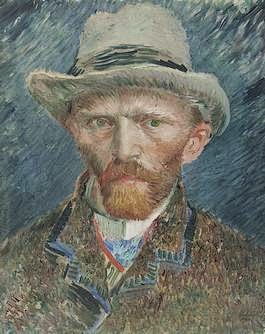Press Information . Communiqué de presse . Comunicado de prensa
Geneva, Switzerland & Copenhagen, Denmark, 1 September 2014
The International Council of Nurses (ICN) and the International Health Terminology Standards Development Organisation (IHTSDO) today announced an updated collaboration agreement to advance terminology harmonisation and foster interoperability in health information systems. The new collaboration agreement signed today will be reviewed on completion of the work or in April 2016, whichever is earliest.
The overarching goals of this collaboration are to ensure that nurses worldwide have the tools they need to carry out their jobs effectively, that they are not disenfranchised from the global informatics infrastructure, and that they remain active in the collection of meaningful and useful health information.
As part of the collaboration agreement, ICN, owner of the International Classification for Nursing Practice (ICNP), and IHTSDO, owner of SNOMED CT, have agreed to undertake further work that defines the relations between SNOMED CT and ICNP to enable their interoperability in health information systems globally. It builds on work already undertaken to produce an equivalence table for nursing diagnoses.
In the coming years IHTSDO and ICN will focus on two key areas of work: joint publication of a completed equivalence table between SNOMED CT and ICNP for Nursing Diagnoses, and joint publication of a completed equivalence table between SNOMED CT and ICNP for nursing interventions.
“ICN is delighted to extend our collaboration with IHTSDO,” said David Benton, ICN’s Chief Executive Officer. “This agreement will be of mutual benefit to both organisations as well as to patients and will improve the description and comparison of nursing practice locally, regionally, nationally and internationally.
“IHTSDO is pleased to be continuing its collaboration with the ICN”, said Jane Millar, Head of Collaboration at IHTSDO. “Our joint work in linking SNOMED CT and ICNP will be of benefit to the nursing profession worldwide to ensure a common understanding and interoperability, and also to support sharing with other members of the healthcare team.”
The first collaborative agreement between the two organisations was signed in 2010, and in January 2014 the cooperation was further advanced by the announcement of an equivalence table between ICNP concepts and SNOMED CT concepts.
Notes to the Editor:
ICN and IHTSDO are the developers of the International Classification for Nursing Practice (ICNP) and SNOMED Clinical Terms (CT), respectively. The
ICNP terminology serves a critical role for ICN in representing the domain of nursing practice worldwide, thus providing nurses at all levels with data-based information used for practice, administration, education and research. SNOMED CT is a multidisciplinary healthcare terminology designed to support the entry and retrieval of clinical concepts in electronic record systems and the safe, accurate, and effective exchange of health information.
About ICN:
The International Council of Nurses (ICN) is a federation of more than 130 national nurses associations representing the millions of nurses worldwide. Operated by nurses and leading nursing internationally, ICN works to ensure quality care for all and sound health policies globally. (
www.icn.ch).
About IHTSDO:
IHTSDO determines global standards for health terms, an essential part of improving the health of humankind. Its experts work collaboratively with diverse stakeholders to ensure that SNOMED CT, its world-leading terminology product, is accepted around the world as the common language for health (
www.ihtsdo.org).
My source: Amy L Amherdt








